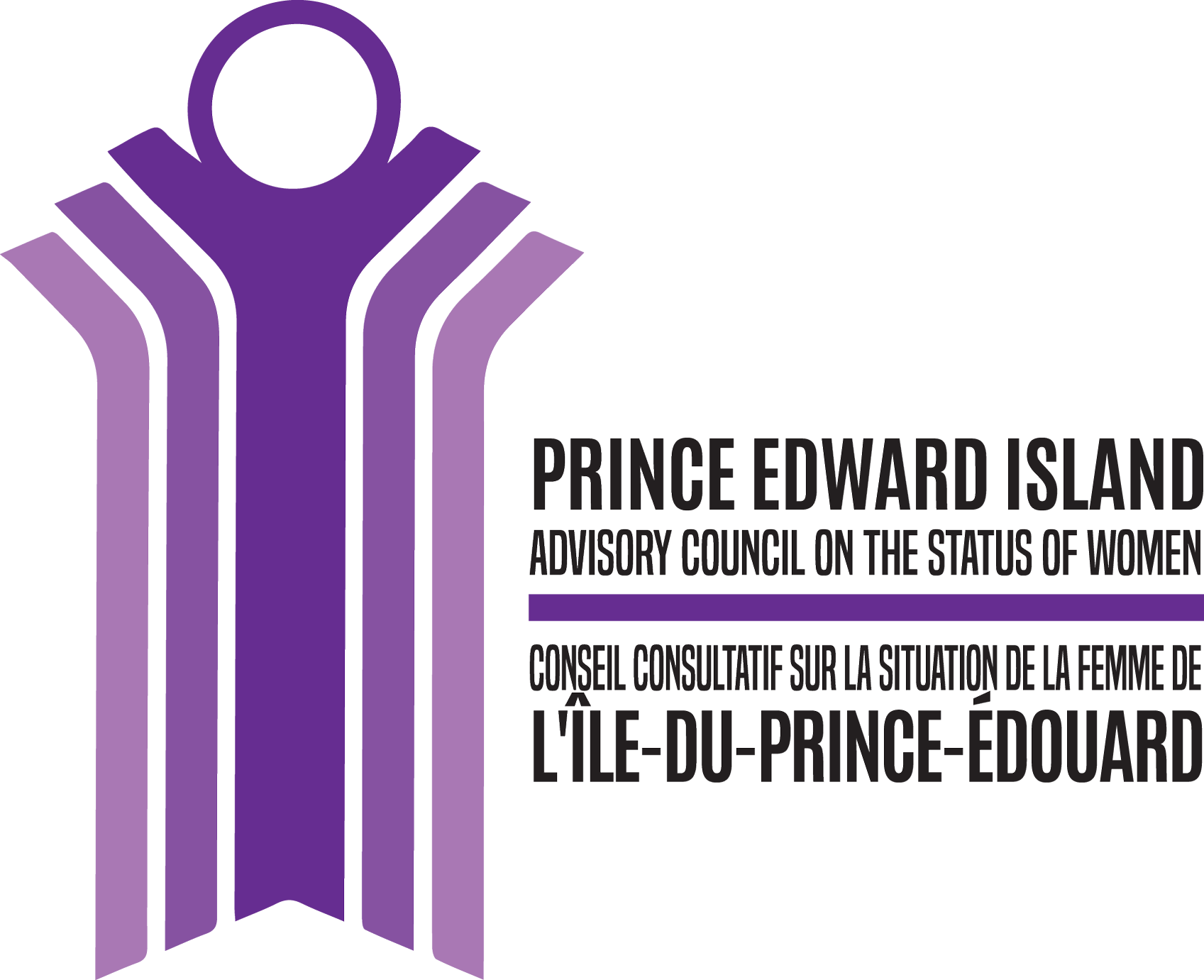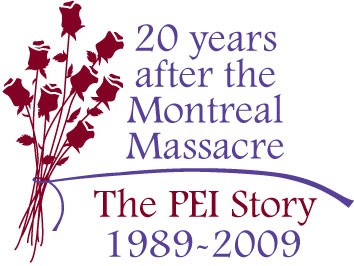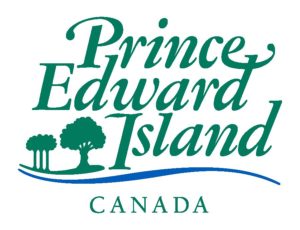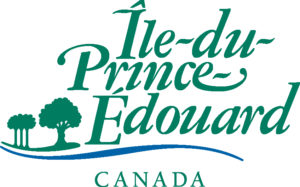There are few conversations about gender equality – or diversity, equity, and inclusion more generally – that don’t include a discussion about the need to start early, with young children, to instill in them values of respect and human rights. In fact, from 1975, the first Council put an emphasis on the importance of education to equality: “for it is through education that traditional attitudes and sex stereotyping can be challenged.”
Addressing “Sex Stereotyping” in Education in the 1980s
“Sex stereotyping” in school textbooks was a significant focus in the early years of the Council. In 1980, the Council sponsored a one-day conference on “Women in the 1980s” with 170 participants, to assist the Council to establish priorities, published under the title CONCERN ’80. Priorities were these: 1) Crisis centre for battered women and their children; 2) Sex role stereotyping in schools and in the media; 3) Pensions; 4) Child care; 5) Equal pay for equal work. Continuing through the early eighties, Council was continuing to monitor and make recommendations to eliminate sex stereotyping in textbooks, and also in school career counselling programs.
In 1985, Council received a grant to sponsor a year-long research project into the attitudes of PEI students in Grades 10 to 12 inclusive regarding their course selection, career choices, labour force participation, and the issue of equality of men and women in society. The Student Attitude Survey Project begun in 1985 culminated with the publication “High School and Beyond: Choices and Attitudes.” This included 10 recommendations, with regard to the Department of Education’s five-year plan, a major study of vocational services, additional materials to promote educational and occupational choices for girls, content on women’s contributions to society, Family Life Education curriculum and participation in this course by boys, and follow-up studies on effects of sex-stereotyping.
“Women Do Math and Science” in the 1990s
The PEI Advisory Council on the Status of Women initiated “PEI Women Do Math and Science” projects in 1991 to make sure girls were encouraged to pursue and prepare for opportunities in math, science and technology. The Council brought together partners to host conferences in the first years of the project, with over 150 Grade 8 girls involved in the conferences and with guests and speakers such as Dr. Roberta Bondar and Laura Suzuki. In 1995 Grade 8 girls participated in mentoring projects at 25 different sites, culminating in a Science Day for sponsors, teachers, parents, and students. The final PEI Women Do Math and Science Project in 1998 involved 25 Grade 6 teachers from across PEI in a series of four workshops examining gender considerations in education, promoting science and women in science, and celebrating science in the classroom.
Peaceful Classrooms
In 1998, Council worked with the Eastern School District to develop a policy to ensure safe and healthy learning environments in PEI schools, with a victim-sensitive approach, clear definitions of harassment and discrimination, and accountability. In 1999, work with school boards continued with the PEACEWORKS committee, (Parents, Educators, and Communties Effectively Working on Resolutions with Kids and Schools), working to create a model for PEI schools with less conflict, racism, and other exclusionary practices.
Purple Ribbon Campaign Resources for Educators in the 2000s
The first Purple Ribbon Teachers’ Guide was created in 2009, with this message:
This teacher’s guide is designed to provide resources you may use in your classroom as a basis for expanded discussion and student learning about Prince Edward Island’s 2009 Purple Ribbon Campaign Against Violence.
This year, the Purple Ribbon Campaign marks the 20th anniversary of the Montreal Massacre, in which 14 women were murdered at their engineering school in Montreal. They were singled out and murdered because they were women. This staggering national event came only weeks after a PEI woman was murdered. And in the 20 years since the Massacre, seven more women have been murdered on Prince Edward Island by men they knew.
Over the same 20 years, the community has worked hard to develop violence prevention programs to ensure events like the Montreal Massacre or the murders of Island women do not have to happen again. Over the past 20 years, young people like your students have shown a strong interest in violence prevention and a keenness to learn what they can do.
This teacher’s guide was designed especially with Grade Seven social studies teachers in mind. This teacher’s guide folder shows the content of this year’s Purple Ribbon information card and suggests connections to curriculum, pointers for discussion, activities for students, and additional sources for more information. Tucked into the folder, you will find photocopy-ready handouts you may use in your classroom.
As we mark 20 years since the Montreal Massacre, we are aware that 20 years is like an eternity for many young people. In 1989, your students were not even born. We hope that some of the resources we have prepared for this anniversary year will make Purple Ribbon Campaign materials more accessible to your students and allow them to participate more fully in the Campaign if they wish to. We hope that using this teacher’s guide makes the symbol of the purple ribbon and its association with action against violence more usable by young people.
This teacher’s guide is a pilot project, and we at the PEI Advisory Council on the Status of Women welcome your questions, comments, and feedback.
The Advisory Council on the Status of Women created a teachers’ guide every year since, with resources reviewed by curriculum experts at the Department of Education and new resources added over the years, especially to match each year’s Purple Ribbon Campaign theme. Curriculum connections that started with social studies expanded to include health and family life education. Resources were translated into French as well as English.
We also engaged experts in the community to help fill teachers’ guides. We found this great video clip of Elder Judy Clark reviewing teachers’ guide resources on reconciliation and missing and murdered Indigenous women and girls in 2014, during the call for a national inquiry. (Elder Judy was reading drafts of handouts for students amid the hubbub of a Purple Ribbon Pinning Bee at Beanz.)
For many years, the Teachers’ Guide was a physical folder full of posters and printouts and handouts. Sandy Kowalik sent it and other Purple Ribbon resources in pizza boxes several years! In 2020, during lockdown, Council converted all the printouts to slideshows for Google classroom, with links to printable handouts, and that is where they continue to live.
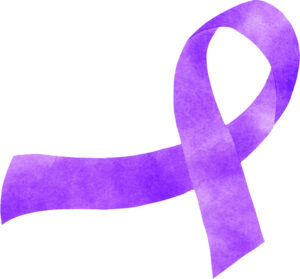 Most of the content of the resources for educators is perennial year after year. The details of each year’s Purple Ribbon Campaign get added annually, so there will be updates later this fall. The resources can be used in classrooms but are also appropriate for adults and anyone interested in learning more about gender-based violence.
Most of the content of the resources for educators is perennial year after year. The details of each year’s Purple Ribbon Campaign get added annually, so there will be updates later this fall. The resources can be used in classrooms but are also appropriate for adults and anyone interested in learning more about gender-based violence.
Wishing everyone – students, parents, educators, and all who support learning – an equitable back-to-school this September!
